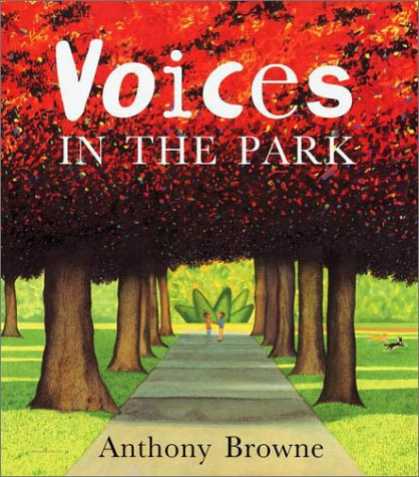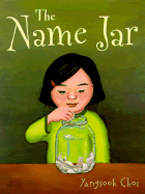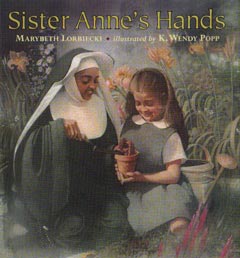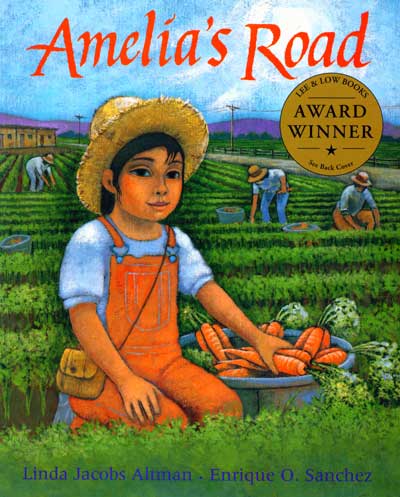Whenever I think about what
"student engagement" means, I almost always think to a specific scence from the film
Sisterhood, where Whoopi Goldberg's character, Sister Mary Clarence, is leading the choir for the first time at Sunday mass...
The music brought in kids from off the street who probably wouldn't have chosen to be there in the first place but they were captivated by what they heard. I always wondered, "If my students had a choice, would they really want to be here? Am I giving them reason enough to care?" These questions have always kept me in check. Yes, our kids, to a certain age, have to be in school because the law compells them and their parents but that isn't enough. It creates complacency if you ask me - on both sides of the teacher's desks.
I recently read an article called
Setting the Stage for Student Engagement by Jan Richards (2006). She had me from the very beginning with this statement:
Most of us have experienced such moments of "student engagement" when every learner seems utterly focused on the task, and time seems to stand still. They are what teachers live for. You wish you could capture the exhilaration of these moments to sustain yourself through those exhausting, miserable days when everything seems to go wrong.
Hit the nail right on the head. Good teachers constantly reflect on what they did to facilitate those wonderful moments, and when it's not happening all the time, they take an honest inventory of what was or wasn't done. This is basically critical pedagogy. They rethink the teaching model(s) they employed or they fine-tune their knowledge on a specific topic. Richards suggests that there are four key factors that teachers consider when attempting to maximize student engagement in the classroom: issues of time, space, materials and relationships. In a nutshell, this is what she is getting at:
TIME -the lesson should be an appropriate length for the students you are teaching
-plan for the timing of all parts of the lesson, especially transitions -be aware of wandering eyes and movement -given information in small chunks
-provide short breaks or change in location to keep the momentum of the lesson going
-try to strike a balance among cognitive, social, and kinesthetic experiences -keep the day of the week or time of year in mind when planning the kind of lesson you wish to deliver
SPACE -arrange desks in such a way that will encourage on-task behaviour and conversation
-allow room for easy transition from direct instruction to cooperative activities
-avoid crowding where possible so that students don't have the excuse to be distracted -avoid creating an "action zone" - groups of students who tend to participate the most - because other groups will naturally be disengaged from the lesson and the general culture of the classroom
-move around the classroom and change up the areas from where direct instruction is given
MATERIALS -have all materials needed for the lesson ready to go before the lesson begins -use as many hands-on materials whenever possible
-have a seamless routine for the distribution of materials in place
RELATIONSHIPS -be conscious of facial expression
-monitor the tone of your voice
-care - about ALL students; students want to be liked by their teachers, whether they admit to it or not
-be sensitive to the difficulties some students are facing
-be accepting of differences and encourage students always
I don't know that these factors are listed this way for any particular reason. Admittedly, I'm surprised that there wasn't really any mention of differentiated instruction in the article. It's a no-brainer, really. DI keeps kids engaged, learning and well-behaved. It also shows that you care about how students learn, what they are interested in and they appreciate the choice that is afforded to them. For me, relationships is the most fundamental. Quite frankly, with a caring adult in the room, the chances for success increases astronomically for our students. The other factors are simple and do-able, but how we get along with our students can sometimes make or break the experience they will have in our classroom. If nothing else, begin and end the day with a smile. Easy stuff...



































